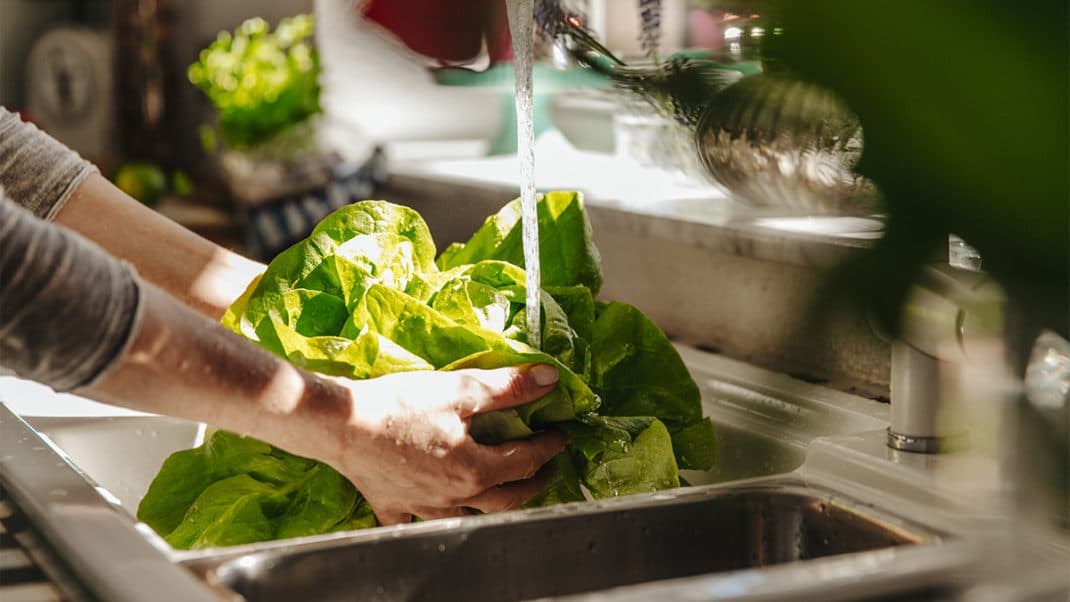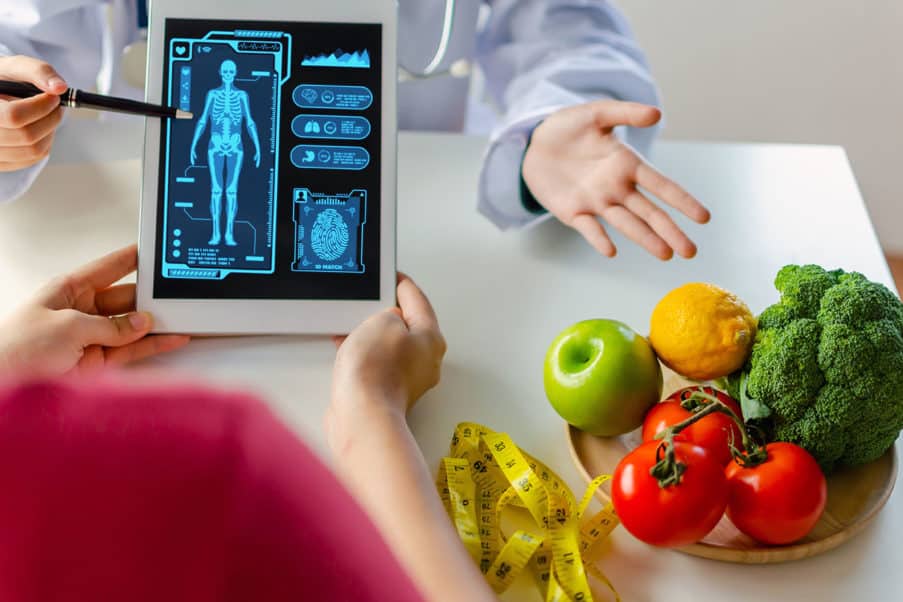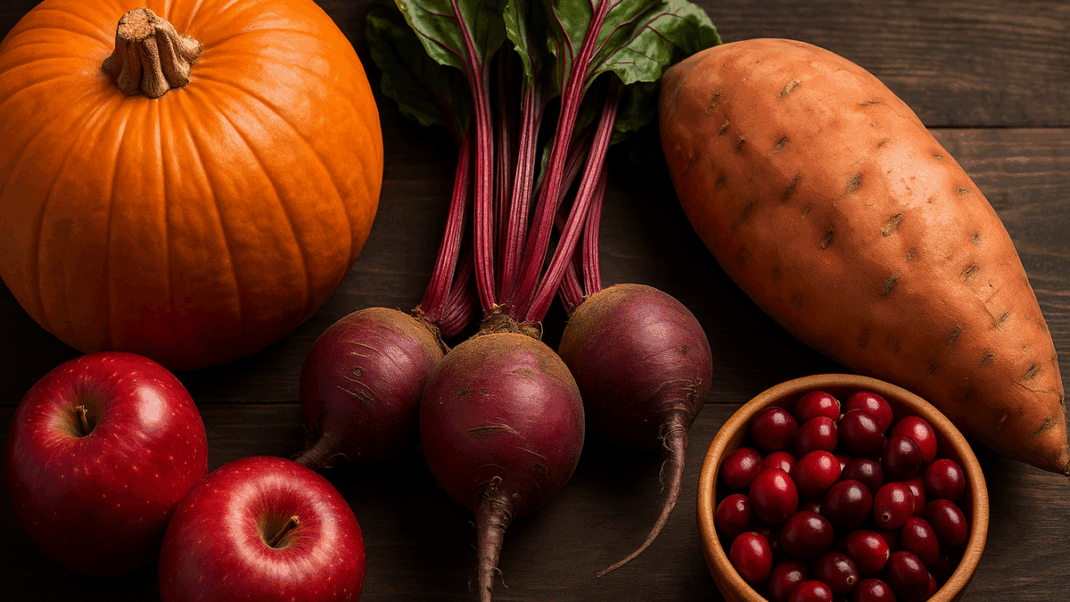Making Leafy Greens Safer to Eat
The FDA is taking measures to ensure clean greens.

Undeniably, leafy greens like spinach and romaine are a nutritious addition to any diet. But they also have a dark side: a historically elevated risk for food poisoning.
Over the past couple of decades, leafy greens have been linked to several deadly outbreaks of toxic E. coli. Three reasons why: They are often eaten raw, frequently grown on land adjacent to animal-based agriculture where cross-contamination can occur, and irrigated with water containing waste from livestock.
In a report released by the Food and Drug Administration titled “Standards for the Growing, Harvesting, Packing, and Holding of Produce for Human Consumption Relating to Agricultural Water,” the agency is proposing standards for water use on produce intended for human consumption. The main stipulation is that farms would have to assess where contamination of irrigation water might occur such as from nearby cattle operations and take steps to prevent it. This pre-harvest risk assessment could help prevent your baby spinach from being contaminated with gut-wrenching harmful bacteria. However, critics are skeptical about how much this requirement will help as it does not stipulate that growers need to test the water they are using on their crops for the presence of pathogens.
Only time will tell if this proposed rule can help make eating salads safer for all.
Matthew Kadey, MS, RD
Matthew Kadey, MS, RD, is a James Beard Award–winning food journalist, dietitian and author of the cookbook Rocket Fuel: Power-Packed Food for Sport + Adventure (VeloPress 2016). He has written for dozens of magazines, including Runner’s World, Men’s Health, Shape, Men’s Fitness and Muscle and Fitness.





